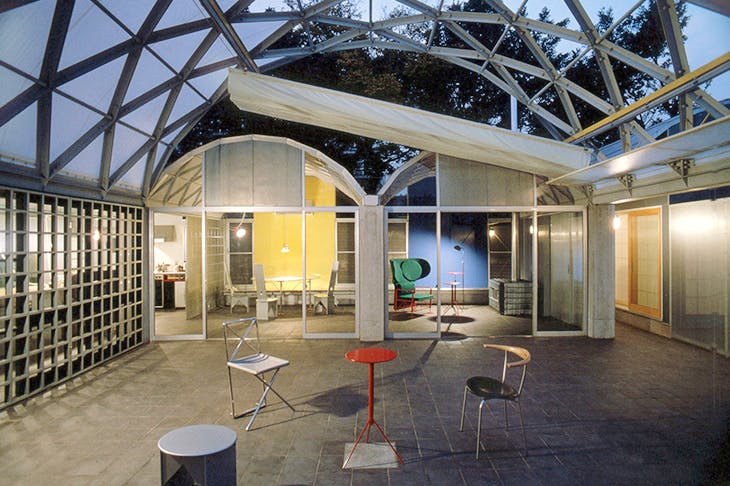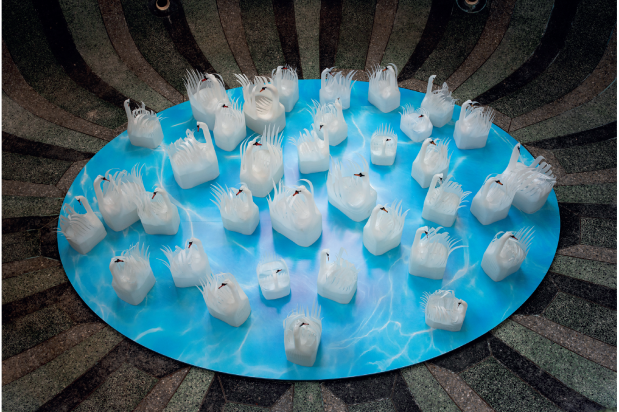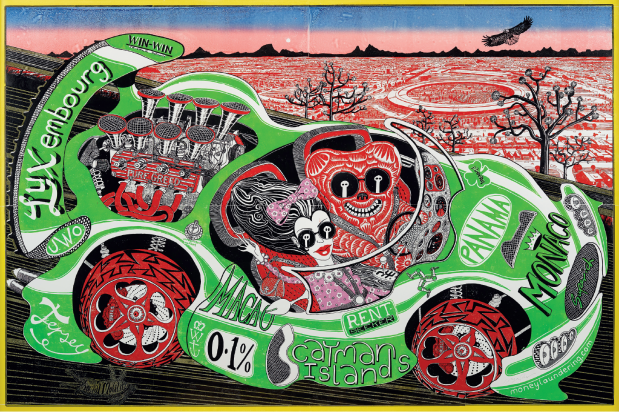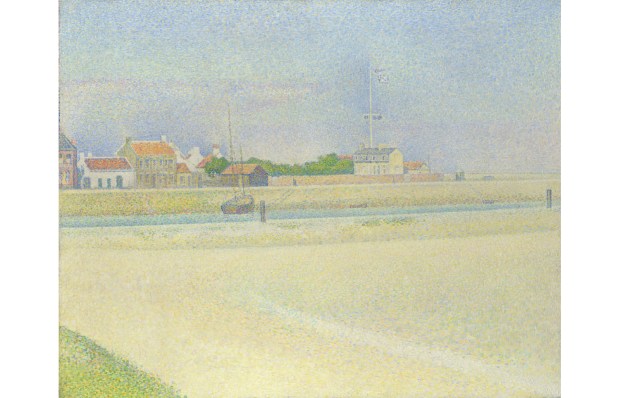The house in which I lived in Tokyo was built by my landlady, a former geisha. It stood on a plot of land given to her by her last lover. It was small, full of light and positioned to enjoy the large ginkgo tree in the garden next door. It was easily the best designed house I have ever lived in.
Nostalgia for that house and my former life in Tokyo overwhelmed me as I wandered through the new exhibition at the Barbican — The Japanese House: Architecture and Life after 1945. Exhibitions on architecture are notoriously hard to pull off but this succeeds triumphantly.
Japanese domestic architecture has consistently produced some of the most influential examples of modern design. By the end of the second world war B-29 bombing had destroyed a third of Japanese housing stock. In some cities 85 per cent of buildings had been burnt out. In the urgent scramble to build, the family house became the focus of architectural experimentation and debate.
The houses in this exhibition, revealed through film, photography and models — two life-size — reflect an attitude to house building very different from ours in the West. Japanese domestic architecture is less about legacy and more about the here and now. These are quixotic homes highly personal to their owners. A courtyard of bare earth designed for a grieving widow; a house of little more than suspended platforms and plants encased in glass; a concrete tower, rooms stacked one upon the other around a spiral staircase — you cannot imagine anyone but the original owner living in them.
This is because no one else usually does. In Japan houses lack value. You do not buy the house, you buy the land. In a country of extreme conditions, only the land is permanent. So the Japanese make little attempt to seek permanency in their homes. Even Japan’s most famous temples are rebuilt every 20 years. With their fixation for cleanliness, the Japanese would rarely consider moving into or adapting themselves to another person’s home. They replace the existing structure with something new to please themselves — assuming that it in turn will be pulled down.
This attitude explains the exuberant experimentation almost unknown in the UK. With no planning controls and owners constantly seeking the new and quixotic, Japan is a Disneyland for architectural domestic design.
At the heart of this exhibition is a full-sized reconstruction of a Japanese home that sums up all these traits — the Mori-yama House (2005) by Pritzker Prize-winning architect Ryue Nishizawa.
Here we are invited not just to admire Japanese domestic architecture but to experience it. The house is unpacked into ten units on a plot of land where the relationship with the outside space is as important as the house itself. As the light changes to reflect the passing day, you meander past the tiny bathroom overshadowed by a tree, trainers lined up neatly outside, a slither of a bedroom glimpsed here, a peephole into a study there. The experience recalls the charm of walking through Japan’s narrow streets cluttered with pot plants and doll-sized chairs where old men sit out in their yukatas on stifling nights.
A film made especially for the exhibition illustrates how the owner uses his home. He lies, cat-like, feet half dangling over a platform. ‘The moving curtain, the tree, the sky,’ he says, dreamily turning the pages of his book.
Sadly, few Japanese enjoy his lifestyle. The majority live stacked up on top of each other in hutch-like apartments. I remember a calligraphy artist, always exquisitely dressed in kimono, opening the back of her car. It was overflowing with domestic debris. She looked embarrassed. She used her car boot for storage, so small was her flat.
As cities grow increasingly overpopulated and polluted, will this be our architectural future? The race to design the cheapest rabbit hutch will see the bright, breezy rooms of Moriyama House consigned to distant memory.
Got something to add? Join the discussion and comment below.
Get 10 issues for just $10
Subscribe to The Spectator Australia today for the next 10 magazine issues, plus full online access, for just $10.
You might disagree with half of it, but you’ll enjoy reading all of it. Try your first month for free, then just $2 a week for the remainder of your first year.














Comments
Don't miss out
Join the conversation with other Spectator Australia readers. Subscribe to leave a comment.
SUBSCRIBEAlready a subscriber? Log in